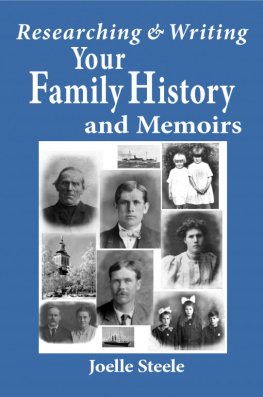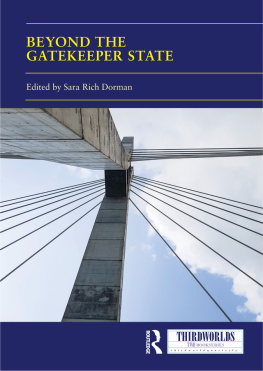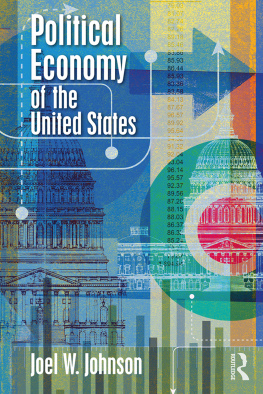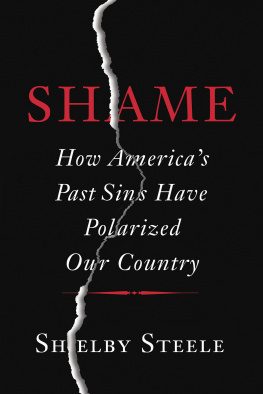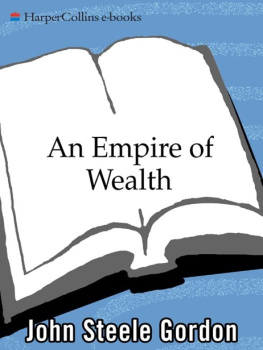INTRODUCTION,
FIRST EPOCH.
EARLY DISCOVERIES AND SETTLEMENTS,
SECOND EPOCH.
DEVELOPMENT OF THE COLONIES,
THIRD EPOCH.
THE REVOLUTIONARY WAR,
FOURTH EPOCH.
DEVELOPMENT OF THE STATES,
FIFTH EPOCH.
THE CIVIL WAR,
SIXTH EPOCH.
RECONSTRUCTION AND PASSING EVENTS,
* * * * *
APPENDIX.
QUESTIONS FOR CLASS USE,
HISTORICAL RECREATIONS,
DECLARATION OF INDEPENDENCE,
CONSTITUTION OF THE UNITED STATES,
TABLES,
INDEX,
A SUGGESTION TO TEACHERS
[Entered according to Act of Congress, AD 1872, by A. S. Barnes & Co., in the Office of the Librarian of Congress, at Washington.]
* * * * *
The following method of using this work has been successfully employed by many teachers. At the commencement of the study let each pupil be required to draw an outline map of North America, at least 18 x 24 inches in size. This should contain only physical features, viz., coast-line, mountains, lakes, and rivers. If desired, they may be marked very faintly at first, and shaded and darkened when discovered in the progress of the history. As the pupils advance in the text let them mark on their maps, day by day, the places discovered, the settlements, battles, political divisions, etc., with their dates. They will thus see the country growing afresh under their hand and eye, and the geography and the history will be indissolubly linked. At the close of the term their maps will show what they have done, and each name, with its date, will recall the history which clusters around it.
Recitations and examinations may be conducted by having a map drawn upon the blackboard with colored crayons, and requiring the class to fill in the names and dates, describing the historical facts as they proceed. In turn, during review, the pupil should be able, when a date or place is pointed out, to state the event associated with it.
It will be noticed that the book is written on an exact plan and method of arrangement. The topics of the epochs, chapters, sections and paragraphs form a perfect analysis; thus, in each Presidential Administration, the order of subjects is uniform, viz.: Domestic Affairs, Foreign Affairs, and Political Partiesthe subsidiary topics being grouped under these heads. The teacher is therefore commended to place on the board the analysis of each Epoch, and conduct the recitation from that without the use of the book in the class.
[Illustration: A BRIEF HISTORY OF THE UNITED STATES]
INTRODUCTION.
Table of Contents
WHO FIRST SETTLED AMERICA?It was probably first peopled from Asia, the birth-place of man. In what way this happened, we do not know. Chinese vessels, coasting along the shore according to the custom of early voyagers, may have been driven by storms to cross the Pacific Ocean, while the crews were thankful to escape a watery grave by settling an unknown country or, parties wandering across Behring Strait in search of adventure, and finding on this side a pleasant land, may have resolved to make it their home.
AMERICAN ANTIQUITIES.In various parts of the continent, remains are found of the people who settled the country in prehistoric times. Through the Mississippi valley, from the Lakes to the Gulf, extends a succession of defensive earthworks.
[Footnote: It is a singular fact that banks of earth grassed over are more enduring than any other work of man. The grassy mounds near Nineveh and Babylon have remained unchanged for centuries. Meantime massive buildings of stone have been erected, have served long generations, and have crumbled to ruin.]
Similar ruins are found in various other sections of the United States. The largest forest trees are often found growing upon them. The Indians have no tradition as to the origin of these structures. They generally crown steep hills, and consist of embankments, ditches, &c., indicating considerable acquaintance with military science. At Newark, Ohio, a fortification exists which covers an area of more than two miles square, and has over two miles of embankment from two to twenty feet high.
Mounds, seemingly constructed as great altars for religious purposes or as monuments, are also numerous. One, opposite St. Louis, covers eight acres of ground, and is ninety feet high. There are said to be 10,000 of these mounds in Ohio alone.
[Illustration: THE SERPENT MOUND.]
A peculiar kind of earthwork has the outline of gigantic men or animals. An embankment in Adams County, Ohio, represents very accurately a serpent 1000 feet long. Its body winds with graceful curves, and in its wide-extended jaws lies a figure which the animal seems about to swallow. In Mexico and Peru, still more wonderful remains have been discovered. They consist not alone of defensive works, altars, and monuments, but of idols, ruined temples, aqueducts, bridges, and paved roads.
[Illustration: MOUNDS NEAR LITTLE ROCK, ARKANSAS.]
THE MOUND BUILDERS is the name given to the people who erected the mounds of North America. They seem to have emigrated to Central America, and there to have developed a high civilization. They built cities, wove cotton, worked in gold, silver, and copper, labored in the fields, and had regular governments.
THE INDIANS who were found on this continent east of the Mississippi, by the first European settlers, did not exceed 200,000 in number. In Mexico, Peru, and the Indies, however, there was an immense population. The Indians were the successors of the Mound Builders, and were by far their inferiors in civilization. We know not why the ancient race left, nor whence the Indians came. It is supposed that the former were driven southward by the savage tribes from the north.
INDIAN CHARACTERISTICS.
Table of Contents
[Footnote: This description applies to the Indians inhabiting the present limits of the United States.]
Arts and Inventions.The Indian has been well termed the "Red Man of the Forest." He built no cities, no ships, no churches, no school-houses. He constructed only temporary bark wigwams and canoes. He made neither roads nor bridges, but followed foot-paths through the forest, and swam the streams. His highest art was expended in a simple bow and arrow.
Progress and Education.He made no advancement, but each son emulated the prowess of his father in the hunt and the fight. The hunting-ground and the battle-field embraced everything of real honor or value. So the son was educated to throw the tomahawk, shoot the arrow, and catch fish with the spear. He knew nothing of books, paper, writing, or history.
[Footnote: Some tribes and families seem to have been further advanced than others and to have instructed then children, especially those young men who hoped to become chiefs, in the history and customs of their nation.]
[Illustration: INDIAN LIFE.]





